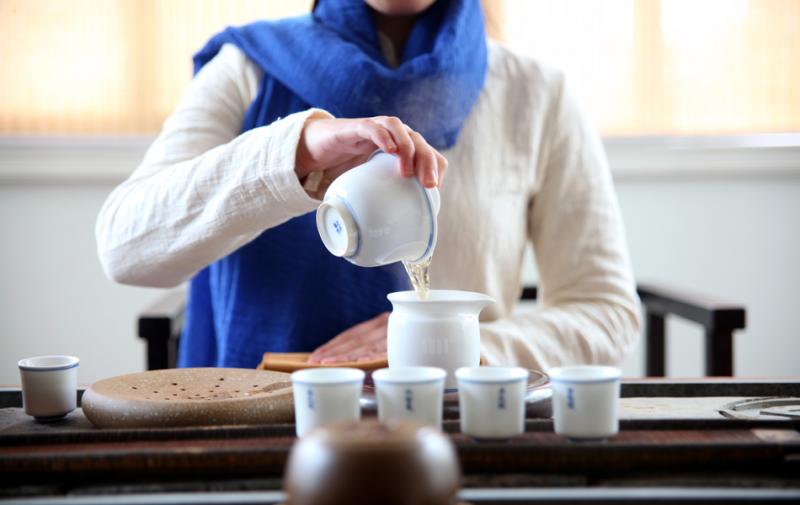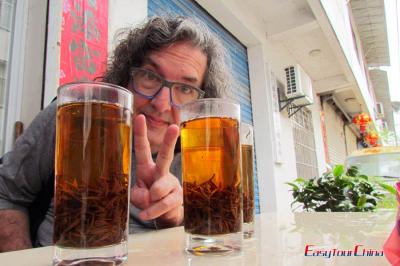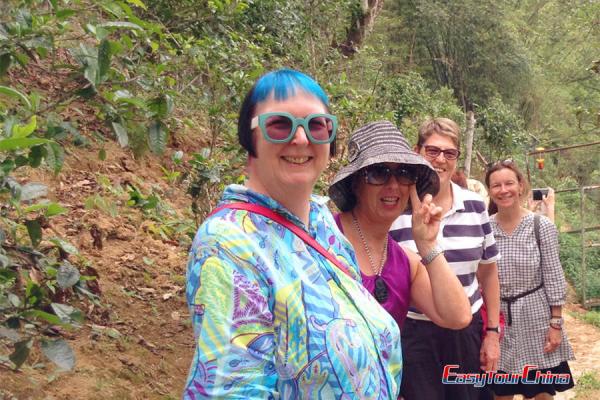China Tea Impression Tour
Overview
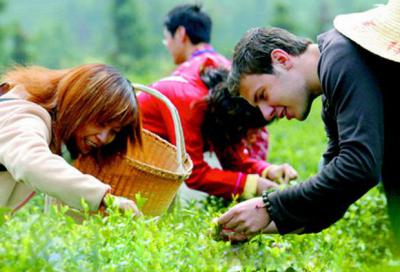
Tea culture has a very long history in China. On this fabulous China tea tour, we will escort you to acquire a wealth of Chinese tea history and culture, experience the classical Chinese tea ceremony, taste green tea and black tea, pick different tea leaves and witness their making process, and marvel at the overwhelming natural and cultural attractions in China.
Duration: 8 days & 7 nights
Destinations: Shanghai - Hangzhou - Huangshan - Mt. Huangshan - Qimen - Huangshan
Starting Point: Shanghai
Ending Point: Huangshan
Customize Your Tour:
☑ Travel Dates ☑ Your Interests ☑ Your Travel Style
Itinerary Expand All
Arrive to Shanghai, be met at the airport and transferred to the hotel. Free at leisure for rest of the day.
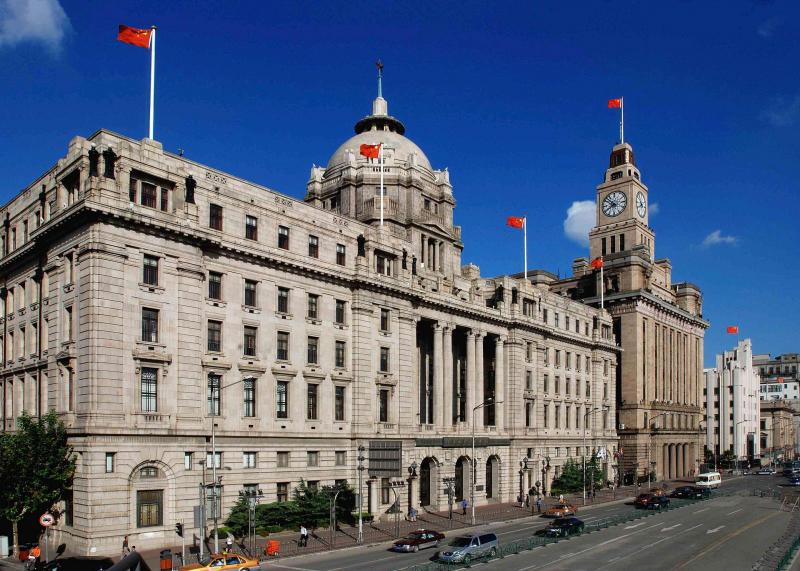
In the morning, you will visit Yu Yuan Garden in the downtown area. It was built in the Ming Dynasty by a high official to please his parents for their retirement. With exquisite layout and beautifully designed pavilions, it is regarded as the four most popular gardens in Eastern China. In the middle of the garden pond stands a wooden pavilion, which has a famous teahouse built in 1855. Sip a cup of tea here is a good start of the tea exploration (optional). Later, visit the adjacent old quarters around City God Temple for some local snacks.
After lunch, stroll around Xintiandi Area. This is another place where old Shanghai meets the new. Traditional architectures of Shikumen showcase Shanghai in the past and present. Located at the city center of Shanghai, and only one block south of the prestigious Middle Huaihai Road and its Metro station, Xintiandi is a pedestrian area for fancy shopping, dining and entertainment.
Head to Renmin Square, the very center of Shanghai surrounded by well-known landmarks and tourist attractions like Shanghai Museum, Shanghai Grand Theatre, Nanjing Road, Shanghai Urban Planning Exhibition Center, etc. Walk along Nanjing Road to the Bund, a symbol of Shanghai and an epitome of Shanghai's modern history, where the past and the future meet with the colonial style buildings of the Bund facing the new futuristic buildings of Pudong.
Meal: B, L
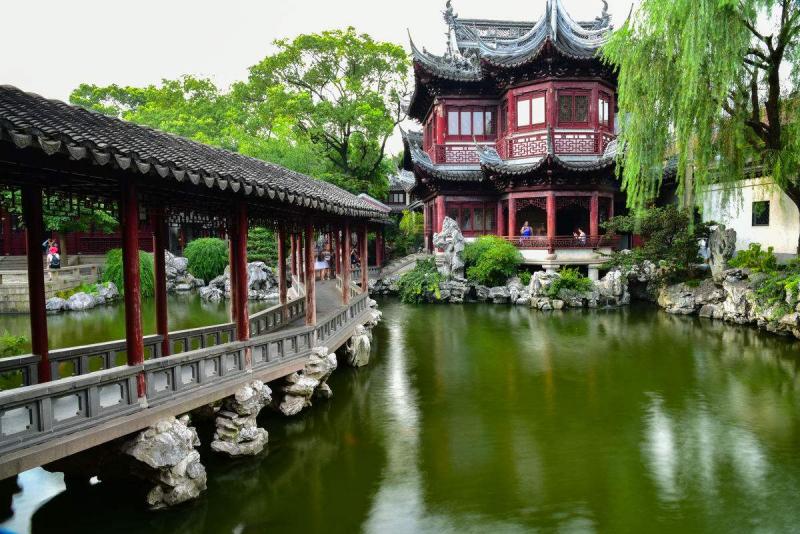
Transfer to the train station to take an express train to Hangzhou.
Visit Lingyin Temple, First built in 326 AD, Lingyin Temple is a peaceful and spiritual hideaway in Hangzhou and one of the most prestigious Buddhist monasteries in China. The halls, elegant Buddhist statues, and a wealth of Buddhist grottoes and stone carvings on the adjacent Feilai Peak made remarkable artistic achievement in the religious arts.
Enjoy lunch at local tea famer's house with some special dishes cooked with tea leaves.
Continue to Longjing tea plantation at Meijiawu Tea village with tea picking & tea tasting. Meijiawu village is one of the 5 Longjing Tea producing areas in Hangzhou. Longjing Tea has a history of 1,200 years and ranks top of the 10 Green Teas in China. Since the 1950s, this village has been visited by heads of states from various countries and important leaders in China.
For a better understanding of tea culture, we then go to Chinese Tea Museum, China’s first tea museum, presenting tea, tea utensils, history and cultures related to tea.
Meal: B, L
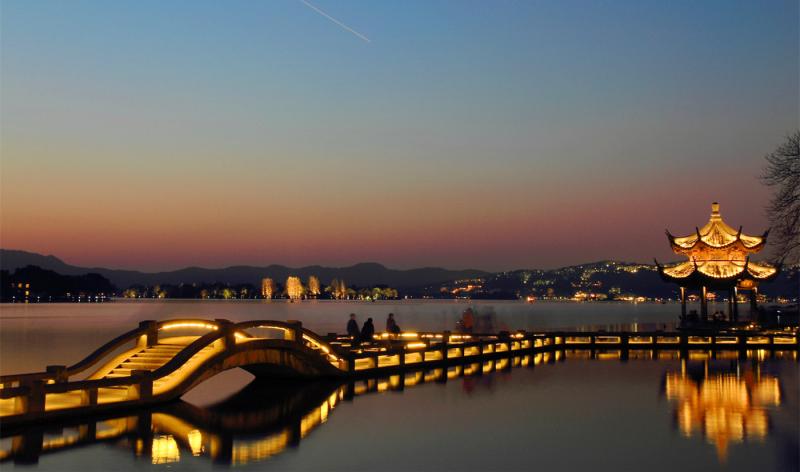
In the morning, take a walk by the West Lake. The islets and temples, pavilions and gardens, causeways and arched bridges of this jade-like lake have constituted the supreme example of lakeside beauty in China ever since Hangzhou served as China's capital during the Southern Song Dynasty (1127-1279 A. D.), which have inspired numerous poets and painters for centuries.
Continue to Hupao Spring. Located 5km southwest of Hangzhou city center, Hupao Spring is said to be No.3 spring water in China. Hupao is one of the 5 Longjing Tea producing areas in Hangzhou. Longjing Tea with Hupao Water, in the local history of Green Tea, are the best match.
Go to visit Grand Canal. Constructed around 605 to 610 in the Sui Dynasty, the Grand Canal is the longest (1794km) man-made water channel in the world. Beginning in Beijing, it runs through the Tianjin Municipality, Hebei Province, Shandong, Jiangsu and Zhejiang province, the Canal has been one of the most important transportation artery linking North and South China. Grain, Tea, Salt and silk were the most important goods on this waterway in ancient time.
Visit Gongchen Bridge, the largest old bridge of Hangzhou, both in terms of height and length. The bridge is the indication of the end of Grand Canal in the south. During the dynasties, when people traveled back to Hangzhou via the Grand Canal, the sight of the bridge means home.
Transfer to train statoin for High Speed Train to Huangshan City (2hrs).
Meal: B, L
Among three main teas in Huangshan area, Maofeng green tea is the most popular one. Today, we will visit a major producer of Huangshan Maofeng Green Tea, a company with around 150 year’s history. You will have chance to learn the processing of tea leaves and sample the uniqueness of the tea.
Chengkan Village is famous for its well-preserved residential architecture of Ming Dynasty (1368-1644 A.D.) The entire complex layout followed the Fengshui and Yiching principle. It is easy to get in but hard to get out for any first time visitor. So it is also an efficient defensive system in addition to residence.
We will then visit a nearby village where people turn bamboo into everything in the house. You can sit down and learn a bit of weaving from the host of the family.
Tunxi Old Street is Located at the center of Huangshan City and originated in Song Dynasty, Now there are some 300 historical buildings standing in the old street area, which spreads out like a fish bone. It is one of the best preserved towns in China with Song, Ming and Qing architecture heritage.
Meal: B, L
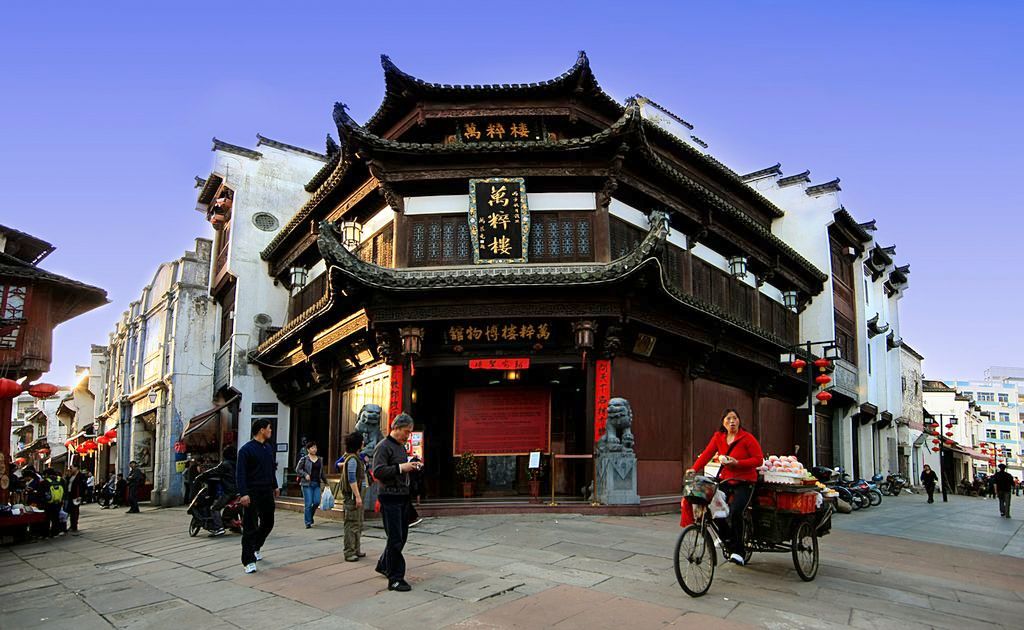
Yellow Mountain, or Huangshan, known as “the loveliest mountain of China”, was acclaimed through art and literature during a good part of Chinese history (especially the Shanshui “mountain and water” style of the mid-16th century). Today it holds the same fascination for visitors, poets, painters and photographers
The area is well known for its scenery, sunsets, peculiarly-shaped granite peaks, Huangshan pine trees, hot springs, winter snow and views of the clouds from above (weather permitting).
Huangshan was named a UNESCO World Heritage Site in 1990 for its scenery and for its role as a habitat for rare and threatened species.
We drive to Huangshan and take a cable car up to the top. Walk visit the peaks and canyon, then take the cable car down and drive back to Tunxi.
Meal: B, L
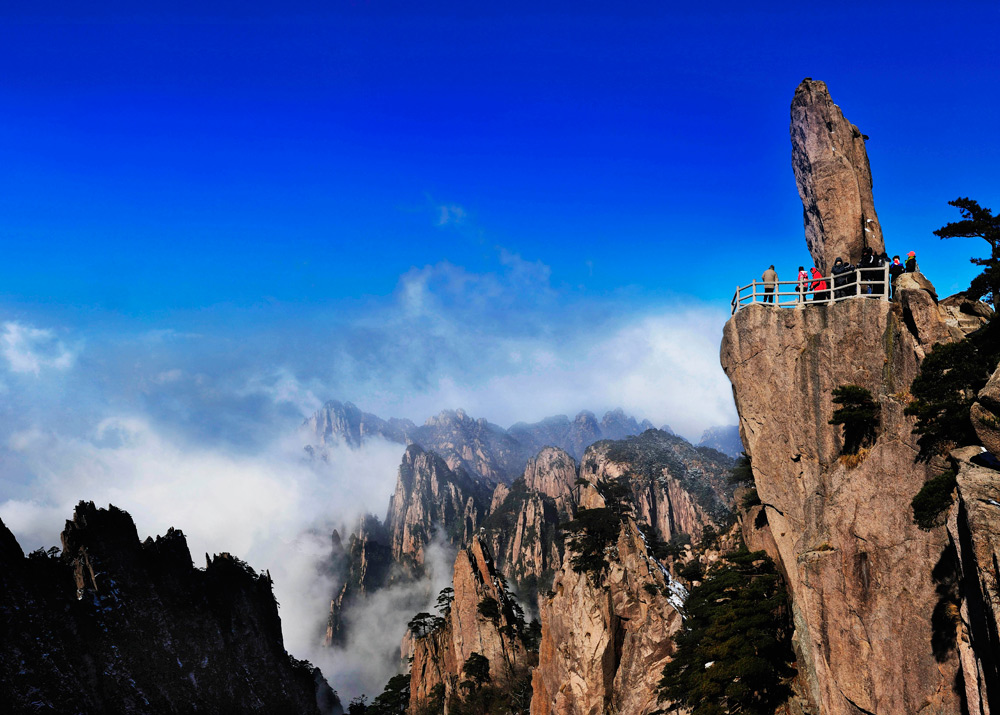
Keemum Black Tea, queen of Black Teas, has a history of over 130 years. Keemun is the name of the town (Qimen in standard Chinese), possibly from the pronunciation of the earliest tea traders of Fujian or Canton (Guangdong).
It is a light tea with characteristic stone fruit and slightly smoky notes in the aroma and a gentle, malty, non-astringent taste reminiscent of unsweetened cocoa. Some Keemun carries floral aromas and wooden notes.
Today we drive to Qimen (2.5hrs) and pay our homage to the origin of Keemun Black Tea. We will visit the Black Tea Museum and some local producers. Time allows, we will also have a sip of the Dark Tea, An Tea.
Today we overnight at the old street. The best time to experience a place is the evening and morning.
Meal: B, L
Today we go into the countryside tea farms. Then we head back to Huangshan, visiting Mt Qi Yun en route.
Highest mountain in south Anhui province, Mt Qiyun’s main peak rises 2061 meters above sea. It was pushed up some 53 million years ago and the main rock is granite and red shale rocks. Starting from the Tang Dynasty (7th-10th Century), Taoist Monks chose Mt Qiyun as one of their study centers. Taoist temples were put up ever since.
Today, Mt Qiyun is still a lively Taoist center with lots of local villagers serving as the monks in the temple. Taoist services are organized on important Taoism days
After Mt Qiyun, drive back to Huangshan.
Meal: B, L
End of Services.
Extension trips suggestions:
1. Jingdezhen, where porcelain tea wares have been produced in history of China.
2. Fujian province, where Oolong tea and black tea cups are produced;
